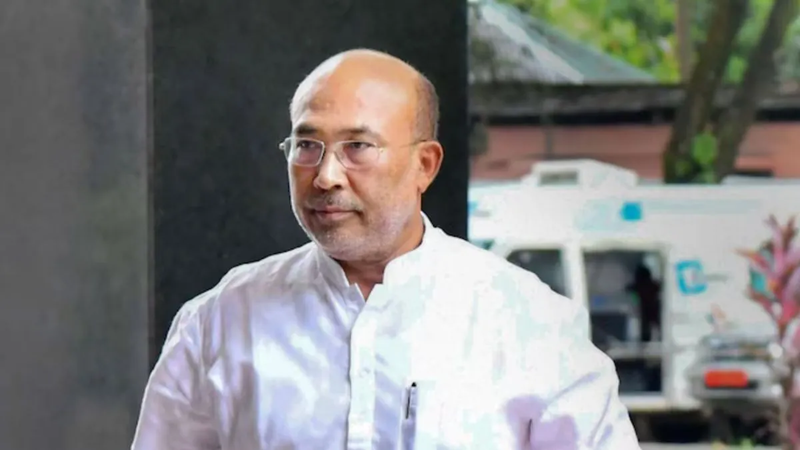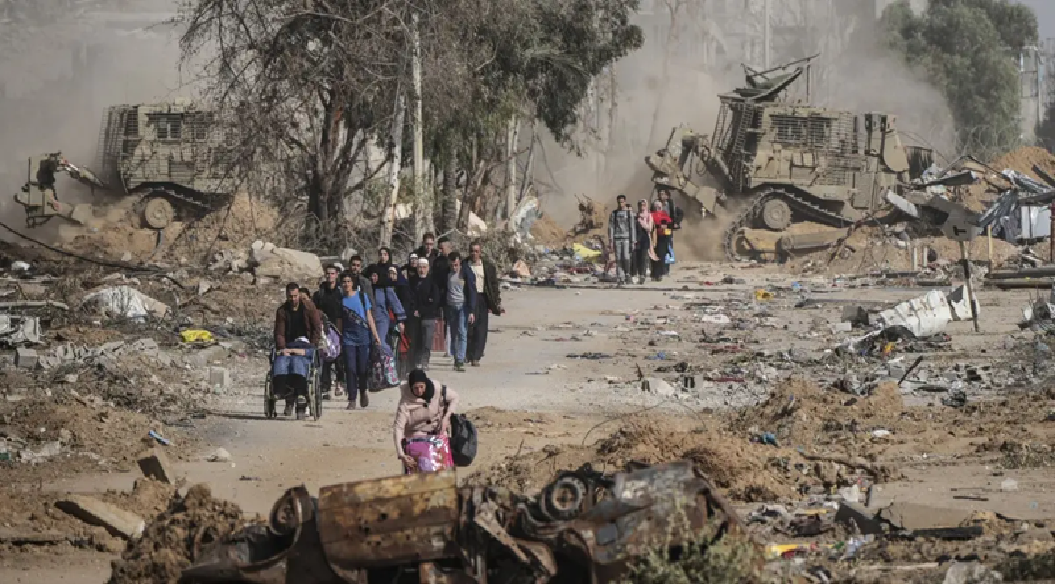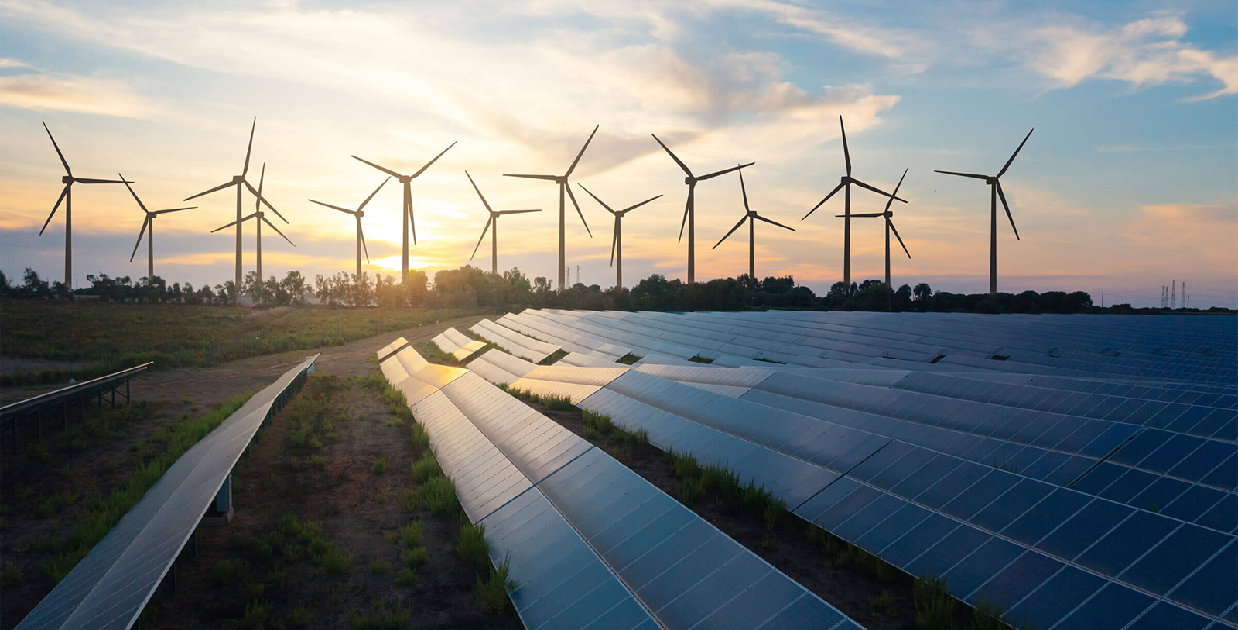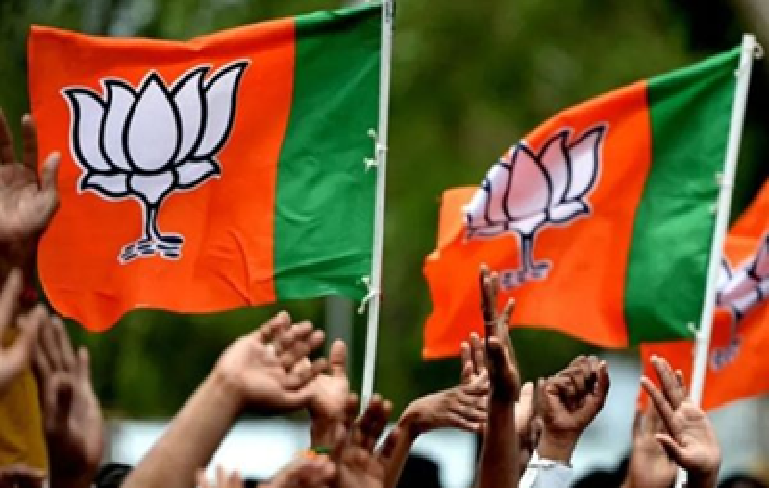.jpeg)
Modi-nomics: High inequality, no poverty line
A poverty line provides an officially recognised benchmark to estimate the level of deprivation. Over time, it measures how well the government is doing in lifting people out of poverty with its welfare programmes and economic policy.
Unfortunately, the Modi government has for a decade chosen not to define a clear poverty line. Without a poverty line, the government’s advocates, including the Niti Aayog have made dubious claims of radical poverty reduction, while economists have kept warning that inequality in India has risen post-pandemic.
The government used the absence of a poverty line to even claim before the Supreme Court that, after a decade of population growth and past economic shocks, there are no new poor to be found in the country. In 2015, Modi set up the Panagariya task force for poverty eradication which was to set a new poverty line.
The task force remained inconclusive asking for yet another expert committee to determine the poverty line. The government has since then sat on the recommendation .
For eight years the government told Parliament that ‘the poverty line report was still under the consideration of the government’.
In 2019, the parliamentary committee finally pulled up Niti Aayog over inaction on a poverty line for India. The Niti Aayog and its administering ministry washed its hands off the issue, saying the decision lay with the Prime Minister.
The Niti Aayog’s ‘multidimensional poverty index’, an index that does everything else but give a statistical number for estimating poverty in India, was described by Bibek Debroy, member of the Economic Advisory Council to the Prime Minister as not quite a poverty line.
India first adopted a poverty line in 1979. The last official poverty line, based on consumption, is still the economist Suresh Tendulkar Line, which is close to the World Bank $1.9 a day line. The Tendulkar poverty line was adopted in 2009.
The UPA-led government, after facing public outrage over an extremely low poverty threshold , appointed a new committee in 2012, called the Rangarajan committee. In June 2014 this committee recommended the poverty line to be Rs 32 a day in rural India and Rs 47 in towns and cities.
Those spending more than these paltry amounts on an average would not be considered poor. Parliamentary records of the past decade show that six times, the Union government was asked questions on the lack of a poverty line.
In public the Narendra Modi government claims it has brought a large number of Indians out of poverty over the last decade, while many economists contest it to show that post-Covid, India’s economic recovery has been K-shaped, with the rich growing richer and the poor becoming poorer.
The government continues to use the population figures from the 2011 Census to estimate the number of poor needing subsidised foodgrains (a little over 80 crore). If poverty is so low, and inequality is declining, why then is the government persisting with the free food scheme?.
Why is there a flurry of welfare spending on free cooking gas cylinders, cash transfer to farmer households and now free electricity in states ? Why has India’s hunger index worsened in 2021 where it ranks 101 among 116 countries.
Can poverty decline to nearly zero and yet hunger and malnutrition increase? Why does an advertisement for a mere hundred government ‘secure’ jobs attract millions of overqualified applicants? . The Modi government does not have any clear answers to these questions.
A more recent study by the World Bank, in April 2022, pegged the poverty rate at 10%. The poverty headcount rate in India is estimated to have declined by 12.3 percentage points since 2011 according to the World Bank.
 English daily published in Bengaluru & Doha
English daily published in Bengaluru & Doha






